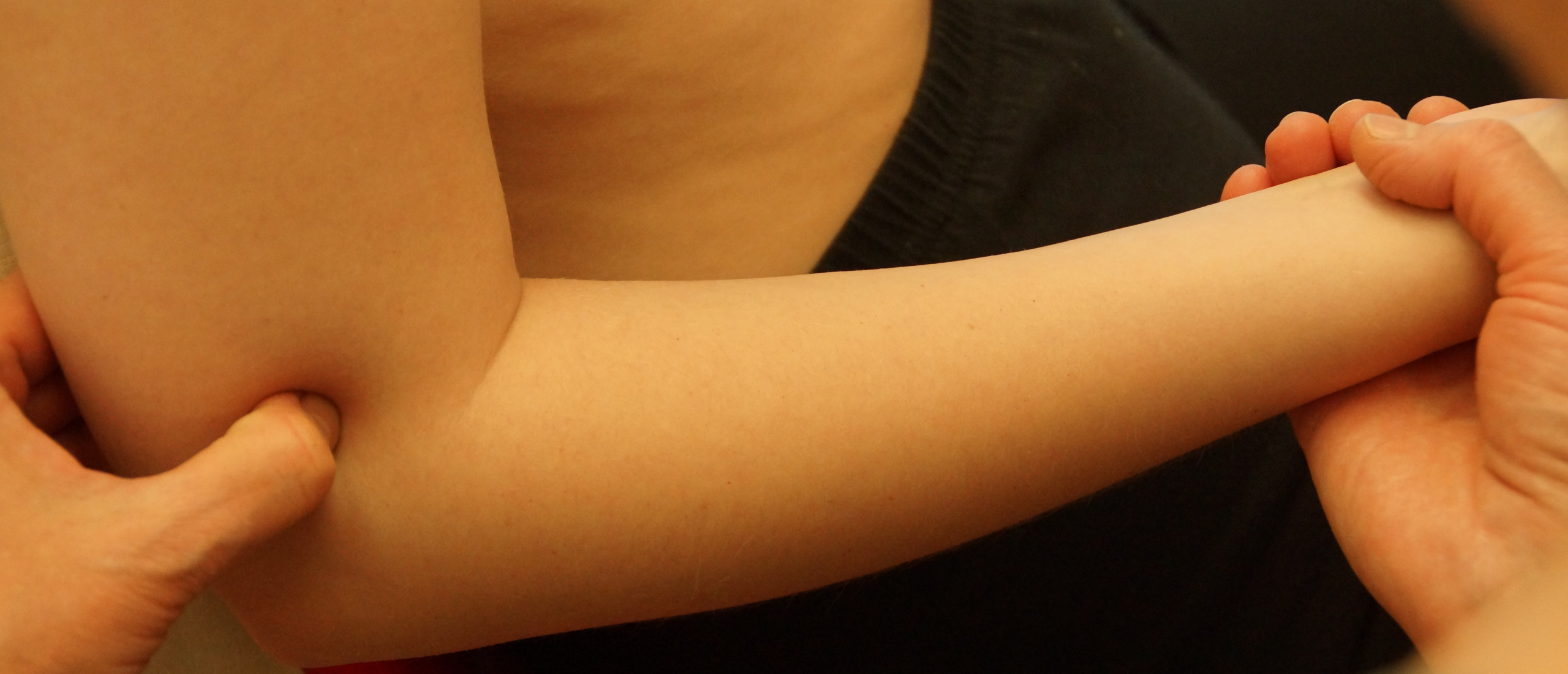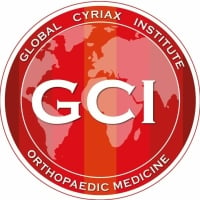
What are the most common mistakes?
Deep transverse friction massage techniques are widely spread as a treatment measure ; but in our teaching experience we feel that in many cases techniques are performed in an incorrect way and in non indicated circumstances, of course leading to unsatisfying results, perhaps making deep transverse friction massage techniques less popular.
The Mastermind private training in modern orthopaedic medicine Cyriax allows you to focus on what really matters in daily clinical practice. It's all about efficient clinical reasoning and useful treatment techniques.
Deep transverse friction massage : easy to perform in a non optimal way...
Is this merely a subjective impression from the part of our Teaching Team ; is there really a need for improvement ?
Even in several textbooks and "scientific" publications, techniques are consistently performed in a non optimal way i.e.
- a wrong starting position of the therapist or the patient,
- wrong localisation,
- wrong execution. In fact, sometimes it is quite disappointing to see...
So, when people learn it in the wrong way...
During our courses we show you some unfortunate examples.
Techniques which deserve more attention are e.g. supraspinatus-, infraspinatus-, tennis ellbow, achilles-techniques.
Mr. David Andre presented in june 2012 a study on the application of cross friction massage techniques among therapists in France (free download at the bottom of this page). His results reflect what the ETGOM Teaching Team experienced since many years, on an empirical base, during our world wide courses.
Let's have a look at some of the results :
- 74% of the respondees uses cross friction massage on a systematic basis
- 27% claim to have done some kind of continuing education in relation to cross friction massage
- Up to 33% frictions in a rhtyhm between 5-10 Hz (which is far to fast to friction in a comfortable way ; in fact 1-2 Hz is already more than enough) ; 67% use a rhythm less than 5 Hz
It is imperative that friction techniques are performed in two phases :
an active phase with pressure, followed by a relaxation phase without pressure (there are three exceptions in the whole body) ;
if we don't respect that rule friction massage becomes too painful for the patient and very unpractical for the therapist. 56% apparantly doesn't respect that rule and 37% uses undirectional pressure, but, pressure in a less practical direction i.e. pressure is applicated in the direction away from the therapists instead of towards the therapist.
A deep transverse friction massage session takes about 15-20 minutes of friction massage per session, depending on the stage of the lesion ; most of the colleagues, probably also because of the non optimal execution, only friction during maximum 7 minutes.
In acute phases 87% of the respondees friction between 3 and 7 minutes ; in chronic cases 75% do so too. This is again remarkable, since in chronic lesions we need longer sessions of friction massage, also in combination with longitudinal stress exercise.
Another important element is the fact that we start the friction massage during the first minutes in a more superficial way, once the anaesthetic influence appears, we can afford to friction more deeply (if indicated) in a more comfortable way, without causing pain. Deep friction massage should be as comfortable as possible for the patient. Many colleagues also don't respect this rule. In acute cases 79% of the respondees say that the cross friction massage must be painful or even above the pain treshold of the patients ; in chronic patients 88% of the respondees share the same vision.
Conclusion : there is still quite some room for practical improvement of deep tranverse friction massage techniques ; in many cases those techniques are even taught in a non optimal way. The ETGOM teaching team is happy to offer you any assistance on those matters, when needed.
